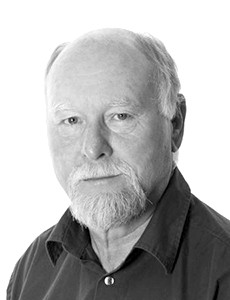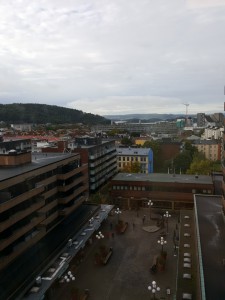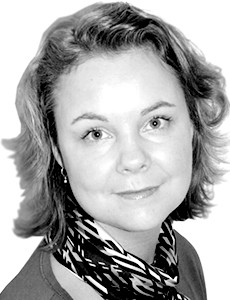
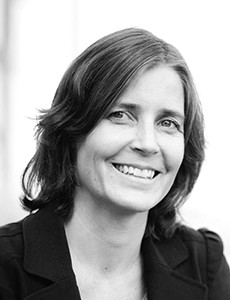
Part C in this project focuses on educational practices, including curriculum development, teaching and learning activities, as well as feedback and assessment.
Sub-project leaders Monika Nerland and Tine Prøitz comment on the overall focus of the sub-project: “To learn more about what matters for educational quality on the practice level in different instructional environments, we conduct observation-based studies of teaching-learning activities in selected courses that employ student-active approaches. Three case studies are undertaken this spring, and three more will follow in the autumn term 2016. In addition, two parallel case studies are conducted in Finland.”
The Finnish partners in this project are located at the Centre for Research and Development of Higher Education (YTY) in University of Helsinki.

Data collection is also now underway in part C: “We are now about to finish the data collection in the first three courses, conducted in a biology program, an engineering program and a nursing program respectively. Towards the end of the courses we will collect students’ experiences from the course by way of group interviews and a questionnaire developed by our colleagues in Helsinki.”
In the picture on the right, project researcher Rachelle Esterhazy has documented the site visit to one of the case institutions.
The analysis process is expected to provide rather unique data about the learning processes in Norway, Nerland and Prøitz explain: “We are very excited about starting to analyze the data, as we do not have much knowledge about the activities taking place behind the doors to lecture halls, labs and seminar rooms in higher education, or how these activities support student learning.”
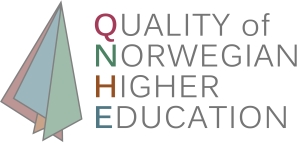
 The researchers highlight in the working paper that quality indicators have different kinds of functions – for system and institutional governance, as an information source for the public (incl students who apply to higher education), as a basis for quality enhancement practices in the institutions, and for purposes of conducting research.
The researchers highlight in the working paper that quality indicators have different kinds of functions – for system and institutional governance, as an information source for the public (incl students who apply to higher education), as a basis for quality enhancement practices in the institutions, and for purposes of conducting research.